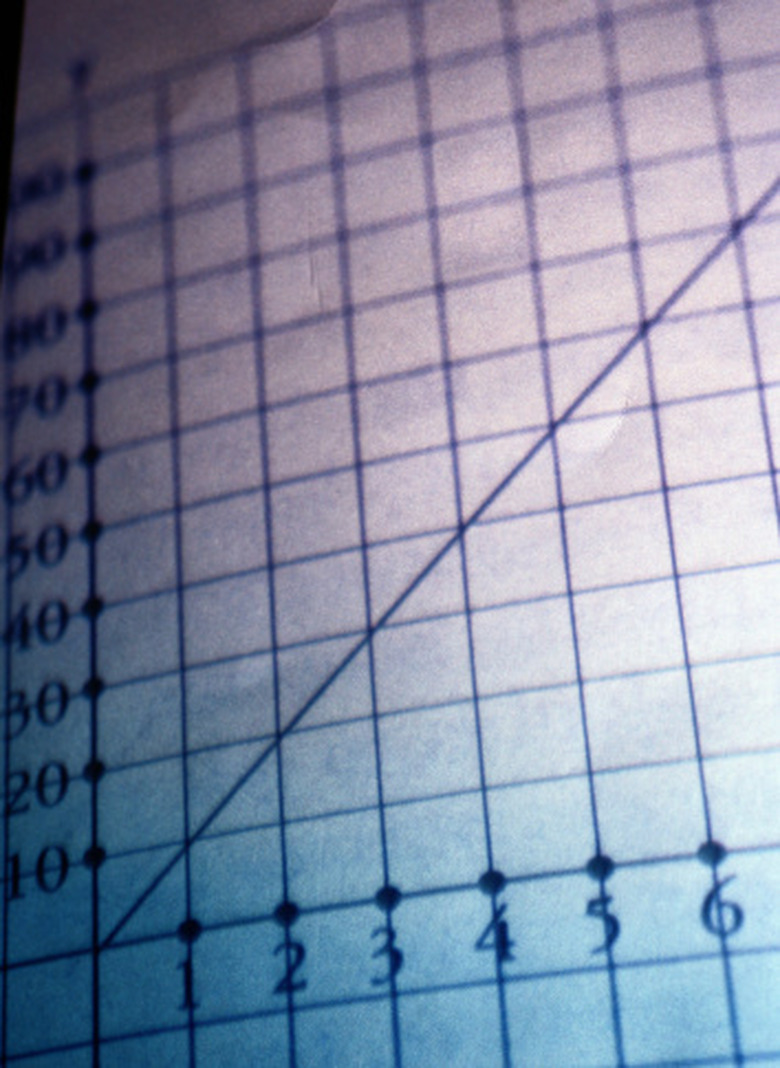How To Draw A Conclusion From Data
The purpose of most experiments is to prove or disprove a hypothesis. Scientists do this by collecting data, analyzing it and drawing a conclusion. The whole process, from forming a hypothesis to announcing conclusions, is called the scientific method. Scientists have ways to organize their data that make it easier for them to understand the results. Sometimes they use graphs, and sometimes they use mean, median and mode. Scientists can then check their data against their original hypothesis to find out whether or not they were right.
Step 1
Divide the data by variable. For example, if you were testing the effect of sound on plant growth, write the numbers you collected from your silent, control plants in one column, the numbers from your rock music plants in another, the numbers from your classical music plants in a third and the numbers from your white noise plants in a fourth.
Step 2
Graph the data so you can see it more clearly. For the plant example, use a line graph, giving each variable category its own line so you can compare them. Other types of experiments, such as surveys or speed comparisons, may benefit more from pie charts or bar graphs.
Step 3
Look at your graph and compare your data to each part of your hypothesis. See if the data supports or rejects them. For example, if your hypothesis was that the rock music plants would grow the most slowly and the classical music plants would grow the most quickly, check whether the graph demonstrates those trends.
Step 4
Write your conclusion based on the graph. If you found that the slowest-growing plants were the rock music plants but that the quickest-growing plants were the white noise plants, write that your data proved part of your hypothesis and refuted another part.
TL;DR (Too Long; Didn't Read)
Calculate the mean, median or mode of the answers you received for surveys or tests without a variable. For example, find the mode for a survey of people's favorite foods, the mean for the time it took subjects to complete a reading passage or the median if one of the subjects was much faster than all the others. Use these statistical calculations to check your hypothesis.
Cite This Article
MLA
Mitchell, Stephanie. "How To Draw A Conclusion From Data" sciencing.com, https://www.sciencing.com/draw-conclusion-data-8599906/. 24 April 2017.
APA
Mitchell, Stephanie. (2017, April 24). How To Draw A Conclusion From Data. sciencing.com. Retrieved from https://www.sciencing.com/draw-conclusion-data-8599906/
Chicago
Mitchell, Stephanie. How To Draw A Conclusion From Data last modified March 24, 2022. https://www.sciencing.com/draw-conclusion-data-8599906/
